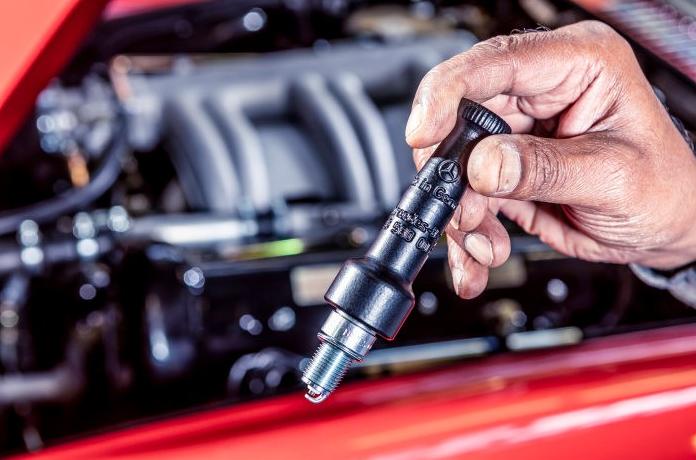
Mercedes-Benz uses 3D printing for ‘classic’ replacement parts
Mercedes-Benz has been offering 3D printed replacement commercial vehicle parts since 2016, now further replacement parts have passed quality assurance and are coming onto the market.
The inside mirror base for the Mercedes-Benz 300 SL Coupé (W 198 model series), the spark plug holder from the tool kit of this iconic sports car as well as the sliding sunroof rollers for the W 110, W 111, W 112 and W 123 model series: these are important replacement parts for faithfully maintaining this classic of the brand.
Mercedes-Benz Classic has them newly produced in a 3D print. The process is particularly well-suited to smaller quantities, which allows gaps in the replacement part supply of classic vehicles to be closed.
The printed inside mirror base of the 300 SL Coupé (198 model series, replacement part number A40 198 811 00 25) can now be obtained from the service partner via the Mercedes-Benz Classic Center.
Like the original, it is made from an aluminium alloy and subsequently receives high-quality surface chrome-plating. In comparison to the original, the new production includes a functional change: compared to the earlier original, the base is 42.5 millimetres longer and now measures 107.5 millimetres. This means the inside mirror sits a little higher and, in terms of road safety, offers an optimised view to the rear.
The spark plug holder (replacement part number A198 580 00 65) was part of the standard tool kit of the 300 SL Coupé and Roadster, yet is suitable for several spark plugs with a spanner gap of 21 millimetres. The spark plug holder is also now available from the service partner via the Mercedes-Benz Classic Center.
The sliding sunroof rollers for the W 110, W 111, W 112 and W 123 model series (replacement part number A110 782 00 30) are an example of a component part with a concealed attachment, which ensures flawless function: the rollers are on the left and right of the sliding sunroof and are guided by metal rails.
With the new production from the 3D printer, the sliding sunroof of the classic now slides like it did on the very first day. It is also made from robust polyamide 12 (PA12) and can now be obtained from every service partner.
Daimler has almost 30 years of experience in 3D printing, for example, in the production of prototype components. This is the basis for targeted series use of the process beyond the sector. The high quality and impression of the corresponding components is ultimately based on Daimler Group Research in Ulm.
This has been intensively dealing with 3D printing for series parts for many years. Innovative materials, new processes and equipment technology, digitisation and an optimised and secure process chain are the focus here.
The intensive cooperation between Mercedes-Benz Classic and Group Research in 3D printing allows for continuous expansion of the corresponding replacement part range.
The technically feasible spectrum extends from engine components to plastic seals and small rubber parts. Together, even very sophisticated and complex component parts, e.g. an instrument housing, are tested.
The individual parts of the instrument housing are to be manufactured with the corresponding optimum production process. 3D printing especially shows its advantages when conventional processes for small quantities reach their technical or economic limits.
Due to the way layers of material are added to a part, 3D printing is also called additive production. Generally, the “powder bed” process is used, which, by means of one or more laser beams, creates the desired component geometry by sintering or smelting.
In this process, various materials can be processed, such as metals or plastics. In the case of older parts, for which there are only two-dimensional drawings available, a three-dimensional dataset first has to be created. The 3D printer can then be directly controlled with this data.


